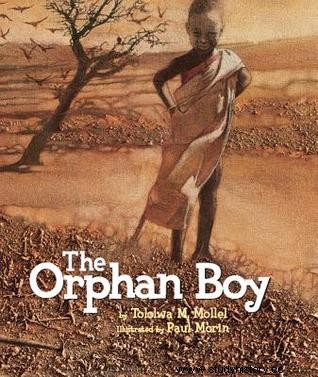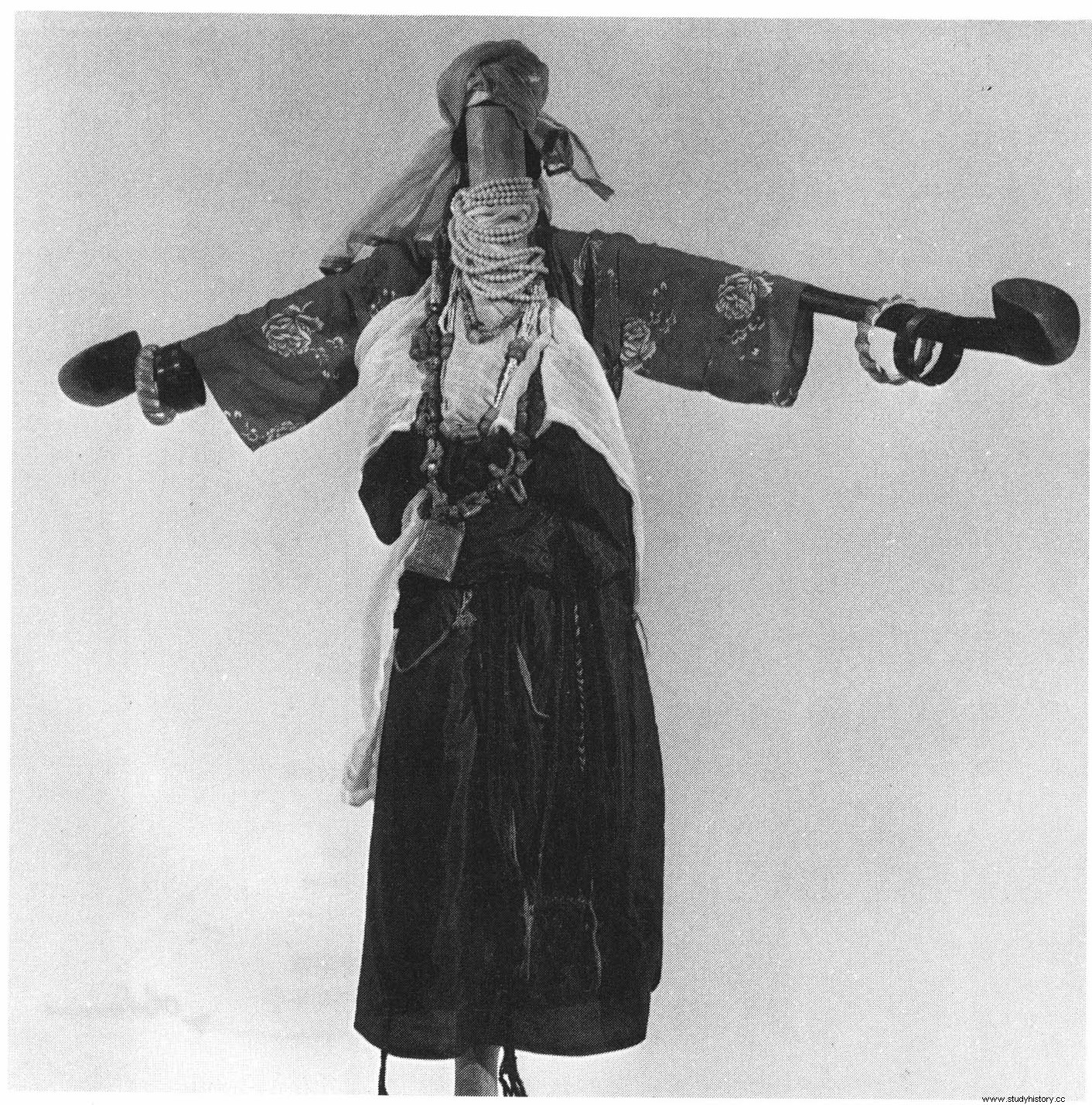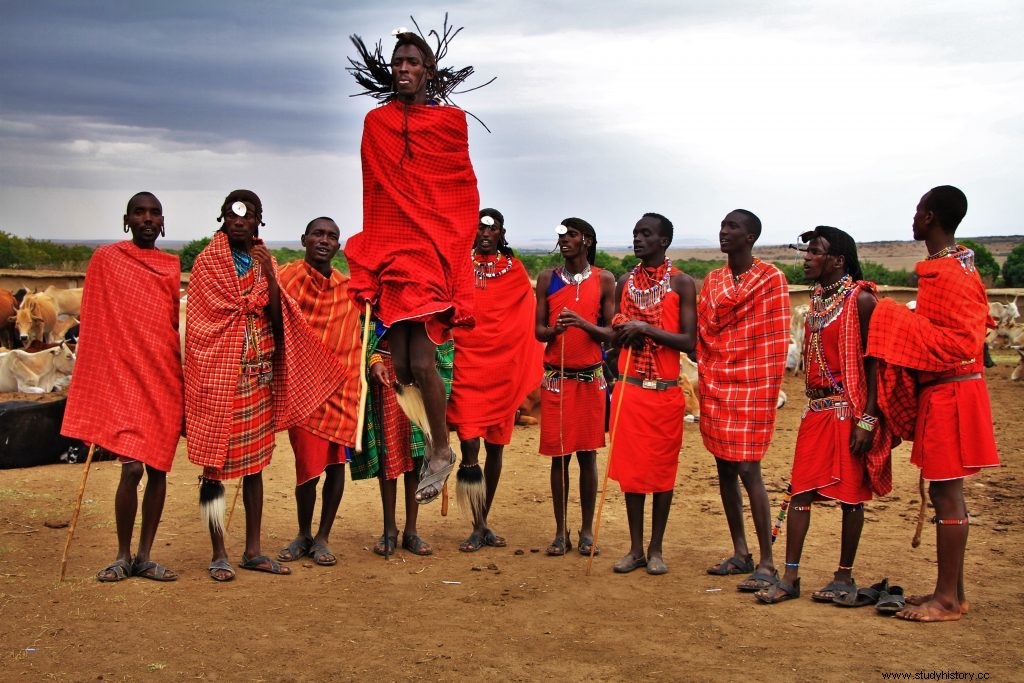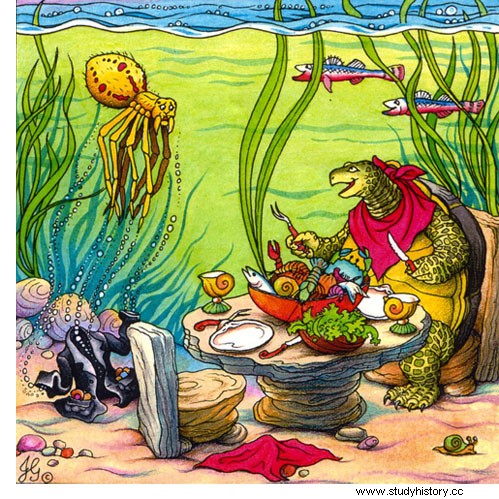Myths, legends and folklore are types of traditional stories that are passed on verbally or physically in the form of stories, songs, dances, superstitions, festivals, etc. The stories are based on the imaginary, the fantastic, reality and everything in between.
The stories cover a wide range of topics and topics. However, most revolve around interactions with humans, nature, the divine, and ongoing events at the time of initiation. They express issues, describe the surroundings, lifestyle and philosophies of the time history was created. It describes the complex world for us with analogies of mythical and real characters in a particular setting.
Why are folk tales so meaningful?
The stories resonate with us because they give us answers to experiences that we cannot comprehend with rationality and scientific facts, to explain the mysteries and the mysteries of life. In fact, these stories are far from rational, but they still manage to bring us to an end. People are not able to live peacefully unless their curiosities are satisfied before they end their questions. These stories are a collection of answers that our ancestors may have thought of, to get that conclusion.
Furthermore, they teach us how to behave, act in difficult situations, what is expected of us as members of a community, our duties to our communities with stories of heroes and gods as an example. They affect the way we perceive, understand and interact with the world. The stories themselves are based on values, upbringing, wisdom and experiences from people over time.
In addition, they warn us, educate us, explain and describe events that may or may not have happened in our lives, and give us more information in case we come across a situation similar to the one in the story. This is why storytelling was useful for transmitting information, especially in civilizations that were unfamiliar with writing.
In the past, storytelling was also a form of entertainment, at a time when the choice of entertainment was limited. Everyone in the community gathered around and sat together in the evening, after a long day at work, to listen to stories. These stories do not necessarily reflect the beliefs and customs of the culture, but they do give wisdom to their listeners.
Today, according to our ancestors, it explains the origin of the world, of the tribe, of society. This means that there is a probability of finding authentic historical information in these stories that has passed from one generation to the next. It is a vital resource for learning about our heritage.
These stories have a huge impact on listeners as they affect them in ways that are challenging to describe. Therefore, it becomes to tell an art. The delivery of a story determines whether it captures the true meaning behind it. If a story lacks a soul, it no longer fulfills its purpose.
Folk tales in the African context
Folk tales are a popular form of verbal literature on the African continent. Like the folk tale themes around the world, there are also common stories in Africa about the creation of the world, the relationship between nature and humans, historical events, kings and kingdoms, gods, heroes and their achievements and mythical surroundings and creatures.
All of these themes reflect the belief that their existence is related to the universe, to God, reincarnation, spirits, heaven, hell, objects, rituals, social institutions, faith and lifestyle, among others. The African faith is all based on the wisdom of the ancestors. They are an accumulation of intellectual information from a group of people at a particular time. The messages in their stories are what shape the mindset and lives of the African people. How their ancestors understood and met their realities and what they can contribute now.
Of all the above topics, however, most are stories of critical societies, heroic actions and condemnation of unacceptable social behavior.
Stories of heroic deeds serve as moral doctrines, using the hero as the ideal example, as one who embodies all that is positive, fulfills his duties, and fulfills all that is expected of them by the members of the community. They are also depicted as characters with minimal errors that do not support any offenses. Their actions emphasize the values of the group and therefore serve as moral lessons for the listeners.
Another theme or character that often comes up in folk tales around African countries is smarter. We will take a closer look at these stories later. Keep reading!
The story of folk tales, the African way
The story of the stories:jokes, riddles, witty remarks, small jokes, sayings and clever vocabulary. These qualities are the characters that distinguish a professional storyteller from an amateur. It is also possible to separate the narrator's wisdom and experience. The more sayings, the wiser the narrator.
These small nuances suggest the true message behind the stories, but ultimately it is left to the audience to deduce the meaning. This allows for an open and multidimensional discussion, and we often end up sending multiple messages instead of one.
Let's now look at a few folk tales, one from each region of Africa.
North Africa:the story of Anzar, the rain god
The Berber or Amazigh people are the ethnic group of the indigenous peoples of the countries between Egypt and the Canary Islands, the northern part of the African continent. Before the Muslim conquest of the Maghreb and other North African regions, these ethnic people had their own set of gods, traditions and stories, just like the Greeks.
In Amazigh culture, Anzar was the rain god. People would worship and praise him, especially in the areas blessed with regular rainfall, as it would mean a successful growth of crops, and thus a successful harvest. Anzar therefore becomes a symbol of fertility. The following story is now preserved among the Amazigh people of Morocco.
People would worship and praise him, especially in the areas blessed with regular rainfall, as it would mean a successful growth of crops, and thus a successful harvest. Anzar therefore becomes a symbol of fertility.
Anzar fell in love with a human woman who wanted to swim in a river with clear water that would sparkle under the light. He descended to earth in hopes of marrying her. But when he came to her, she ran away.
God was so angry that it affected the course of the river and the fertility of the land. Because of this, humans and their herds struggled to survive.
But despite his anger, he was determined to try again to win over the woman he wanted. So he threatened the people that he would stop the flow of water and make their lands completely barren. Fearing his threat and seeing the condition of the people, the woman wept, but called God to herself. They united, and when Anzar hugged her, the world had fertile lands and a good flow of water again, saving the Amazigh people.
Based on this story, the ancient Amazighs created a ritual called Tasslit n unzar, translated as "Anzar's bride". The ritual is better known as the ritual of rain. Here, women gather at a sanctuary and make a doll out of wooden sticks, dress it up in wedding clothes at the threshold. Then a group of women walk near a river, scooping up a bucket of water to make bread and other meals. When the doll is dressed, the women carry it and walk around the sanctuary singing and calling Anzar. They prepare a meal together, and when they have finished eating, they undress the doll and wash their clothes together by the river.
The doll is used to represent Anzar's bride, and it serves as a reminder to the community of their relationship with nature. Historically, the ancient and wise would have believed that their actions would affect nature. So in order to maintain balance and harmony in this relationship, they would perform this ritual.
East Africa:The Orphan Boy
The Masai people are an ethnic group from East Africa, specifically Kenya and Tanzania. They live a semi-nomadic life involving herding of livestock and agricultural activities.
The following is a story from the Maasai folklore about Venus, the planet.
In the story, the planet visits Earth in the form of a little boy and appears in front of an old man who says that he is an orphan named Kileken (which is the word used for Venus). The old man, who is childless, adopts the child and gives it a home. The boy possesses all the qualities of a "good child", as he helps with housework and takes care of the man's cattle effectively. The man becomes curious and wants to know how the boy manages to do so much without complaining, but he is bound by the promise to the boy. The boy made him promise not to look for his origins.
But the man's curiosity prevails, and he begins to keep an eye on the boy and breaks the promise, so he returns to heaven.
This story is the Masai way of explaining why Venus appears in the sky at dusk and dawn. They believed that the planet has two units, one appears as a boy in the morning and as a star in the evening.
This story was told in a book written by the Tanzanian author Tololwa M. Mollel.
-

- The book cover of Orphan Boy. Image Credit:Goodreads
Trickster Tales
The following folktales will all be types of trickster stories, so before we continue, let's see what Trickster stories are.
Trickster stories are the most popular type of folklore in Africa. They often have a small but resourceful and cunning animal, and a larger and stronger, yet stupid animal. In the stories, the smaller animal tricks the selected larger animal by using its intelligence, and the creature, who is gullible, falls for it. And history shows the victory of the lesser creature over. However, there are times when the smaller creature fails to try to outwit others and turns out to be far from smart.
These stories are approached with humor and focus on the lessons that the smaller animals learn as they try to outwit their friends. And they show the victory of intelligence over raw power.
Scholars believe that history reflects the African mentality of reacting and engaging with other people and different situations.
West Africa:The Stories of Anansi
The stories of Anansi, the spider, were originally told by the people of Akan and Asante in Ghana, but similar stories are also told in the neighboring countries of West Africa. These stories even reached the New World with the slaves brought from this region by the Europeans.
It's a collection of stories about this spider, but today we'll look at one.
Once, the spider Anansi had cooked yams gathered from his garden. He was impatient and restless after eating them, but as soon as he sat down to eat, the doorbell rang and his friend, the turtle, stood by the door and looked dirty and tired after traveling a good distance. He asked his friend if he could come with him for lunch. Anansi did not like to share his food, but he also could not refuse since it was rude in their culture. He invited the turtle in and asked him to sit at the table. He served yams, but when the turtle was about to take the food, the spider stopped him and asked him to wash his hands because they were dirty. The turtle obeyed, but got his hands dirty again on the way back from the river. When the turtle returned a second time, the spider had eaten all the food. The turtle was offended, but still thanked and invited him to a meal with him and left.
Anansi, who is greedy, visits the turtle's house under water. But reaching his house itself was a challenge. Using his brain, he placed some stones in his jacket pockets and managed to reach his house. Just as they started eating, the turtle Anansi stopped and asked him to take off his jacket, as it was not polite to eat with one on. The spider had to force himself to see that the turtle was not wearing one either. When he removed it, the stones also fell into the water, and he immediately returned to the surface. The turtle had received his revenge.
These stories today have not only become popular moral stories for children, but have also become an inspiration for artists and writers. Today, there are many works of art and literature, such as comics, children's books, TV shows, plays, etc. with the little spider.
4. South Africa:Legend of Haiseb
The Nama and Damara people are tribes of the Khoikhoi people, the indigenous tribes in South Africa, specifically Namibia and South Africa. The following legend contains Haiseb, also known as Haitsi Aibeb, a deity who defeated evil and death.
According to legend, Haiseb saved the world from a demon named Gaunub or, Ga-gorib, who was sitting in a pit, mocking and harassing those who were to pass by. The demon is sometimes also known as the god of evil and death.
He wanted to ask the travelers to throw stones at him, which they did, and by taking advantage of their distraction, he took them and threw them into his pit.
One day, Haiseb challenged the demon to fight and defeated him, thus saving all future travelers.
-

- A Haiseb tomb in remote Namibia. Photo Credit:Future Past
God is said to have been killed several times, but when he triumphs over death, he is immortal and therefore always resurrects himself and helps those in need. Nevertheless, tombs made of stone piles and twigs have been set up for each time he died. As such, Haiseb's tombs are spread over different parts of the country. Even today, if one encounters these tombs, they place a stone or twig to pay homage to him.
These graves may have been found along the remote roads of Namibia.
the conclusion
To conclude, I would say that folk tales, myths and legends are relevant even in the time of modernity, as they teach us things that science cannot explain. Plus, they're an accumulation of stories that belonged to our ancestors, which makes it a way for us to stay connected to them.
While it is true that stories change over time, their original essences at the end of the day also remain from the period our ancestors lived in. Therefore, it connects us to our origins, our ancestors, as well as to a world that is not visible to all.
Do not hesitate to share your thoughts in the comments below and click here. for more articles like this.
References
Agbenyega, JS, Tamakloe, DE &Klibthong, S., 2017. Folklore epistemology:how does traditional folklore contribute to children's thinking and concept development ?. INTERNATIONAL JOURNAL OF EARLY YEARS EDUCATION, 25 (2), pp. 112-126.
Jaja, JM, 2014. Myths in the African concept of reality. International Journal of Educational Administration and Policy Studies, 6 (2), pp. 9-14.
USMAN, J. &CROUS, M., 2018. African Folklore:A Catalyst in Contemporary African Fictions. Issues in Language Studies, 7 (2), pp. 1-15.
YANKAH, K., 1999. African Folk and the Challenges of a Global Lore:1998 American Folklore Society Plenary Address. Journal of American Folklore, 112 (444), pp. 140-157.





